Did you know Adam is coming out soon? Based on the book of the same name by proud-and-out lesbian Ariel Schrag, Rhys Ernst’s film is set for a limited release on August 14th but will no doubt be given a larger release once it hits streaming services later this year, but why should you care about Adam?
The film is being advertised as the LGBTQA teen movie of the year. It’s gotten terrific early reviews, with Emily Wheeler of Film Inquiry hailing it: “Director Rhys Ernst took a bold step in adapting this difficult material for the big screen, and what he delivered was a surprisingly hilarious, complicated look at a pivotal moment in queer culture.”
Another review, by Dennis Harvey from Variety, states, “Brisk and astutely assembled, ‘Adam’ makes something educational and playful rather than insulting out of that character’s brief walk in another gender construct’s shoes.”
These reviews, if read by an uninformed reader, make Adam sound like a delightful LGBTQA film in the same vein as, say, Love, Simon. Indie film? LGBTQA characters? This sounds like the sort of thing we should celebrate.
So why haven’t you heard of it? Why is it that when you Google searched Adam just now, you saw people shouting with megaphones, “DO NOT SEE THIS MOVIE!!!!!” There’s a very good reason for that: Adam is not a charming LGBTQA film. It is not positive. It is not constructive. Ariel Schrag’s book is arguably one of the most overtly problematic novels ever published for a teenage audience.
There’s a lot to unpack here.
If transphobia, homophobia, rape, and gays being “cured” by rape trigger you, I’d advise you to stop reading now, because quite frankly, I’m giving you one way better warning than any of the advertisements or reviewers for Adam are giving you.
The Plot
The official plot summary for Adam, as posted on Rotten Tomatoes, goes as such:
Awkward, self-conscious Adam Freeman (Nicholas Alexander) has just finished his junior year of high school in 2006. When his cool older sister Casey (Margaret Qualley) suggests he visit her in New York for the Summer, Adam has visions of meeting a girl and finally gaining some actual life experience. The fantasy doesn’t materialize exactly as expected. Casey has enthusiastically embraced life amidst Brooklyn’s young LGBTQ community and invites Adam to tag along with her to queer bars, marriage equality rallies and other happenings. When Adam falls at first sight for Gillian (Bobbi Salvör Menuez), a smart, beautiful young woman in this new crowd, she mistakenly assumes he is trans. Flummoxed and enamored, he haplessly goes along with her assumption, resulting in an increasingly complex comedy—and tragedy—of errors he’s ill-equipped to navigate.
Let’s start with the problems already in this summary. Let’s break it down. Adam, a cishet boy, hopes to meet girls with his cool older sister. Okay. He meets a girl who thinks he’s trans. So, this means Adam, a cishet male, is appropriating a trans identity.
If you were to read this summary, you might assume this movie is just a “Walk in another person’s shoes” sort of deal. It might sound problematic in the same way Tootsie or Mrs. Doubtfire is problematic. You might assume that there is some good message or heart behind the story, but the huge elephant in the room is this: turning gender transition and identity into an opportunity for misgendering or wacky hijinks can be hugely hurtful to real trans people.
But oh, it is not even that simple. The reality is far grosser, and we know this because the film is based on a novel that can be read right now.
Because in that summary, Gilian’s sexuality was never mentioned, was it? Or age?
Adam, our cishet boy, falls for a lesbian. Gilian is not interested in men romantically or sexually, at all. Now, here’s the second thing: 17-year-old Adam tells Gilian he’s a 21-year-old trans man in order to seduce her.
Yes, you read that right. To seduce Gilian, who is exclusively attracted to women, Adam claims to be a trans man. And they start dating. A 17-year-old dates a 23-year-old lesbian by telling said lesbian that he is a man.
I mean, the very conceit of the novel is transphobic. Later on, when the ruse is up and Gilian learns the truth, Gilian confesses that she not only knew Adam was always a cis boy, but also fantasized about him being “a real man.” That’s directly from the book.
The author either wanted to write a story about the most transphobic characters around or herself doesn’t seem to understand that a man, be they cis or trans, is a legitimate man. That’s so incredibly screwed up, conceptually.
But wait. It gets worse!
Do you care if I spoil the sex scenes for you? When Adam has sex with Gillian, he uses an ace-bandage to strap down his penis so he can pretend to be a trans man. He then uses a strap-on to have sex with Gilian. Mind you, Gilian is six years older than Adam, who is a minor.
Except, during their second sex scene, despite telling her he’s using a strap-on, he doesn’t—and actually penetrates her with his penis.
Which means he had unconsensual sex with her. Which is rape.
I would like to return to that synopsis again, because that synopsis told me this movie would feature Adam engaging “in an increasingly complex comedy … of errors.” Where is the comedy of errors here? That he got caught sexually assaulting a lesbian?
But, if even possible … it gets worse! Because after having sex with “a real man,” Gilian then breaks up with Adam (not because of the rape, but because he verbally abuses her while drunk), and she gets together with another cis man—meaning that, once she had sex with a penis, she stopped being a lesbian.
Now, I’m sure many of you are going to respond “Maybe Gilian realized she was bi?” But, after reading Schrag’s perspectives on lesbians and trans men, I have a hard time believing she’s above a little bi-erasure.
No, the implication is that Gilian just needed to find the right man to get over her sexual identity—that being a lesbian was just an obstacle for Adam to overcome. Once the verbally abusive sex offender found a way, though, his sex could turn gay women straight. No problems there!
So yeah, this book is horrendous. Why would anyone want to adapt this?
Schrag’s Perspective
Schrag’s novel was immediately controversial upon release. Many writers, when confronted with scathing criticism from a community, might take the time to consider that perhaps mistakes were made somewhere along the way, but Schrag didn’t respond with introspection. She just went, “Yeah, I figured it would be controversial.”
And then dug an even deeper hole for herself.
In an interview with Diva, Schrag was asked about the controversy surrounding her novel. “I knew the novel would be controversial, especially among queer and trans people … It felt like a fascinating prism through which to view the world of my early 20s: NYC’s hipster lesbian and trans subculture … Some people have responded with outrage to the novel’s premise and have told people not to read it, even though they themselves haven’t read it. This is frustrating. Nobody has to read the book, but I don’t believe someone is qualified to recommend or not recommend it unless they do.”
Here’s the problem: when you’re recommending a book because it offers LGBTQA representation for an audience that craves positivity, it’s wrong not to tell them that the book offers a very unpleasant experience that actively invalidates their experience. It can be traumatic for a young queer person trying to figure themselves out. This book—an authorial figure in their lives—is saying, “What you feel isn’t real.”
The interviewer asks Schrag about what inspired Gilian’s character, and she cites a real person. “Gilian’s plot is largely inspired by Constance McMillen, a high school student in Mississippi who made national headlines in 2010 when she was told she could not attend prom with her girlfriend—a decision she successfully challenged. The emphasis on McMillen as ‘a proud lesbian’ in the media coverage made me wonder: What if she ended up being into guys?”
Gilian saw McMillen fight for her identity, and her first thought was “Yeah, but what if she doesn’t know what she’s talking about?”
Now, to Schrag’s credit, she mentions the biphobia in lesbian communities, implying that she isn’t saying her imaginary scenario would have to mean McMillen weren’t queer—just not a lesbian. Again, sexuality is fluid. That is highly problematic.
Okay. Some people who identify as lesbians do realize later on that they might be bisexual, pansexual, or ace, but Adam doesn’t explore biphobia. It explores conversion. What the book, as written, presents the reader is that lesbians just haven’t met the right guy yet. And to relay this message, the author appropriated a real person.
But that’s just the book, right? Surely the movie is better?
The Movie Isn’t Better
Rhys Ernst is a trans director. As reported by BuzzFeed News, Ernst was reluctant about the project at first, but argues that LGBTQA filmmaking suffers from “a war on nuance.” As he put it in a Q&A following a film screening in July, “I knew it would be challenging work, at least at face value, to [have the movie] come out in 2019. But I kind of am pushing back on that—that trans filmmakers or queer filmmakers have to do safe work. That we shouldn’t push boundaries, and we shouldn’t make people question things or be uncomfortable.”
And in this sense, he isn’t wrong. Queer films should challenge and should inform. However, there is a difference between challenging audiences and invalidating them. Invalidation is not challenging. It’s just following the same mold set out by society for decades: “What you’re feeling isn’t real.” That’s not a new, “challenging” thought or one that’s aimed at people whose preconceptions actually need challenging.
However, at face value, maybe Ernst is telling the truth. Maybe he fixed the problems with Schrag’s original novel and made improvements. The film went out of its way, we were told, to hire trans and other queer actors, which many critics celebrated in their reviews of the film.
David Rooney of the Hollywood Reporter praised the film as a “sweetly subversive movie, which represents a step forward in representation simply via the fact that it’s directed by a trans filmmaker and features trans actors in the appropriate roles.”
Except calls coming from inside the house are saying something very different.
A thread on Twitter when viral that, supposedly, came from an extra on set. The thread, which has almost 40,000 likes, recounts the experience this extra had while working on the film. The following is an excerpt:
The movie “Adam” is coming out in August and I can assure you as someone who worked as an extra for the movie, nearly all of us think this film is flaming garbage and we’re already ashamed to have been a part of it. Please do not target or shame the REAL TRANS PEOPLE who were hired as extras for this film. WE WERE NOT GIVEN A SCRIPT AT ANY TIME. WE DIDN’T EVEN KNOW WHAT WE WERE FILMING FOR. The directors lied to us and told us we were filming something titled “Camp Trans.” We were told our scenes were about a woodland camp that welcomed trans women who were kicked out of a music festival (based on a historical event). We were NOT EVEN TOLD THE TITLE OF THE FILM WE WERE IN. Please don’t send hurtful shit to all the trans actors in this movie who needed money and needed to fucking survive in New York City.
Presumably, they were deceived because of the book’s toxic nature. The filmmakers knew the very real harm the book had already caused its target audience. At the same time, they targeted desperate people who didn’t have any choice in the matter.
But it gets worse:
Misgendered constantly on set by the crew. Costume people constantly misgendered us, literally did not respect our pronouns or even ask, not once, cause they didn’t give a shit even though the majority of the ensemble was made up of trans people and they knew that. Dressed us up like dolls according to whether they wanted us to look “butch” or “girly” I fucking kid you not. Most of the trans men there were being identified and cast as “butch lesbians”….I think my all-time favorite memory on set (/sarcasm) was when the caterer got up in front of everyone and said she loves and supports the trans community because her cat had undescended testicles surgically removed and now everyone calls him a girl. I can’t make this shit up.
When interviewed by BuzzFeed News, Ernst continued with the following quote: “I also really love the idea of making the cisgender, heterosexual white guy the outsider. I think that conceit of the story—about Adam getting mistaken for a trans guy, then leaning in—creates a metaphor for transness [that] a cis audience can experience.”
That quote right there sums up every problem with the film. This film is not being made for LGBTQA audiences. It’s being made for straight people. In order to do that, however, the filmmakers threw everyone under the bus, but by framing this as a problem of nuance, Ernst has crafted a defense for himself: If you don’t like his movie, it isn’t because he’s doing a bad job. It’s because the film is too nuanced for you.
I cannot tell you that Adam is a technically good or bad film. It might be superbly shot and acted. However, I can confidently tell you that it isn’t LGBTQA-friendly. It is aggressively problematic. It is built from the foundation up on the conceit that the writer and director want to invalidate your identity.
I am sorry if this movie is “2 deep 4 u” or whatever, but on a conceptual level, it makes me sick. I’m not a sensitive person, but the level of deep-seated exploitation and deception described throughout the production actually makes me nauseous.
(featured image: Sundance Film Festival)
Anthony Gramuglia has written for CBR, ScreenRant, Anime Feminist, and Vocal. He is an MFA Graduate with an enthusiastic love for writing and all sorts of fandom stuff. You can follow him on Twitter at Check out @AGramuglia.
Want more stories like this? Become a subscriber and support the site!
—The Mary Sue has a strict comment policy that forbids, but is not limited to, personal insults toward anyone, hate speech, and trolling.—



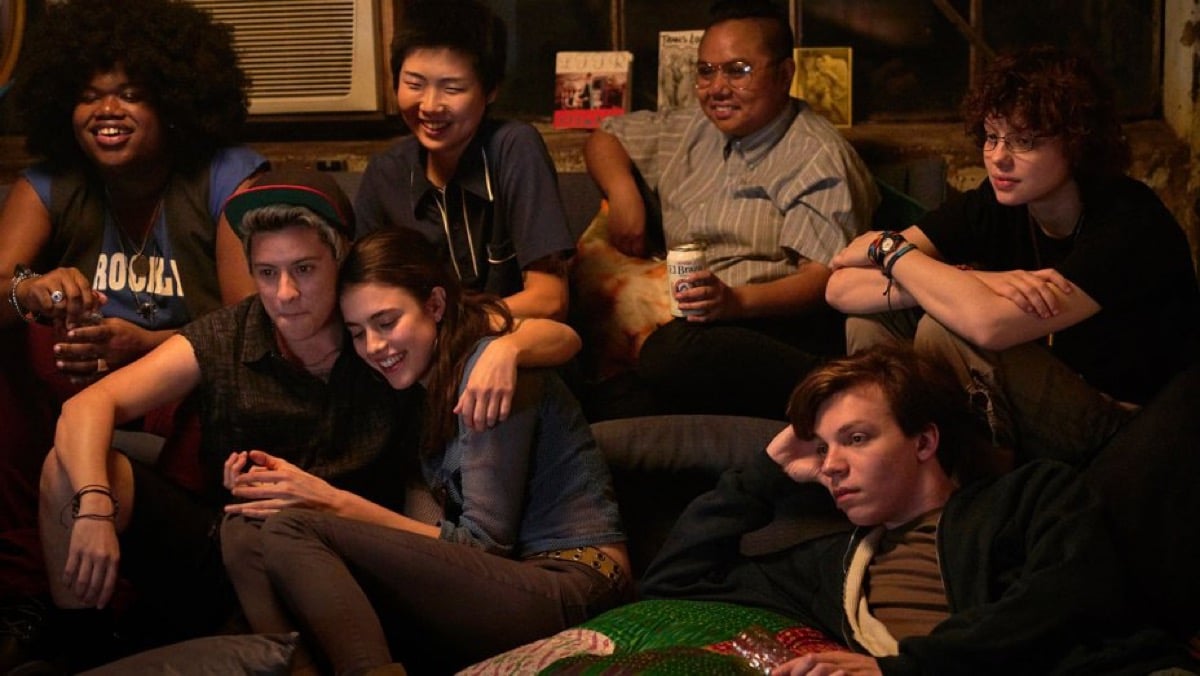
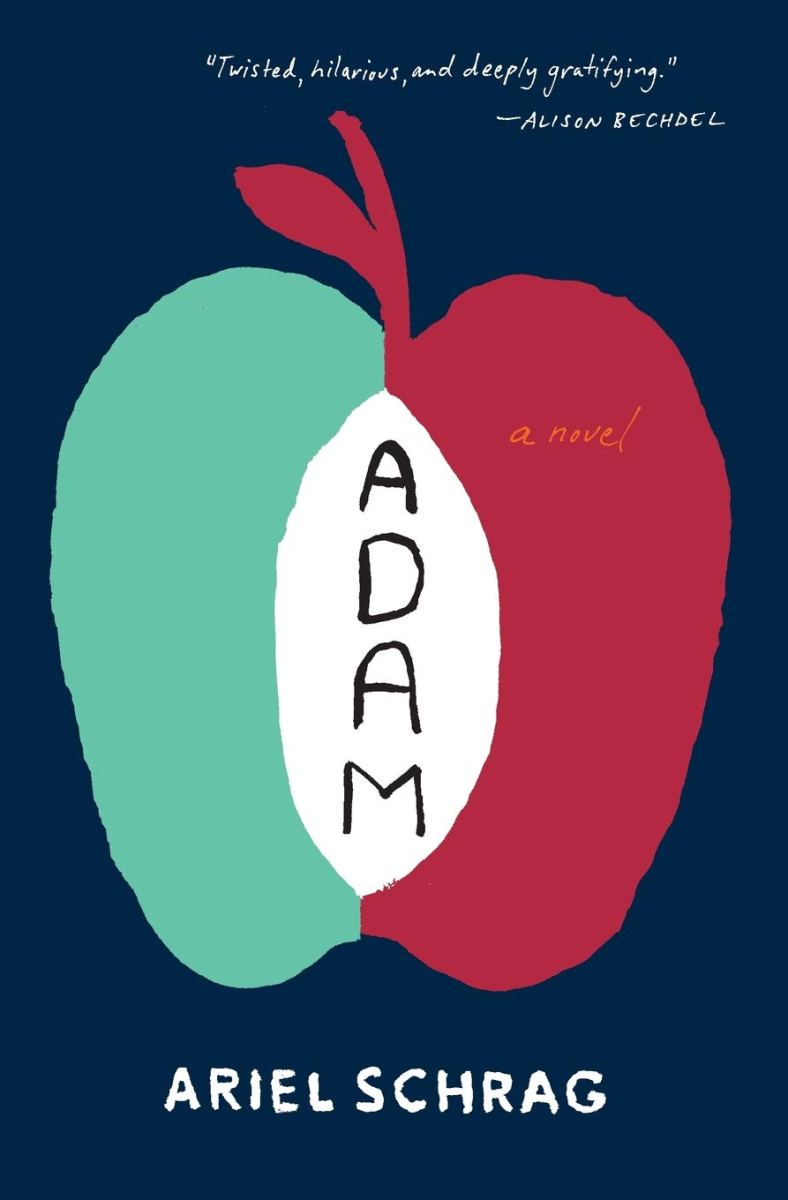
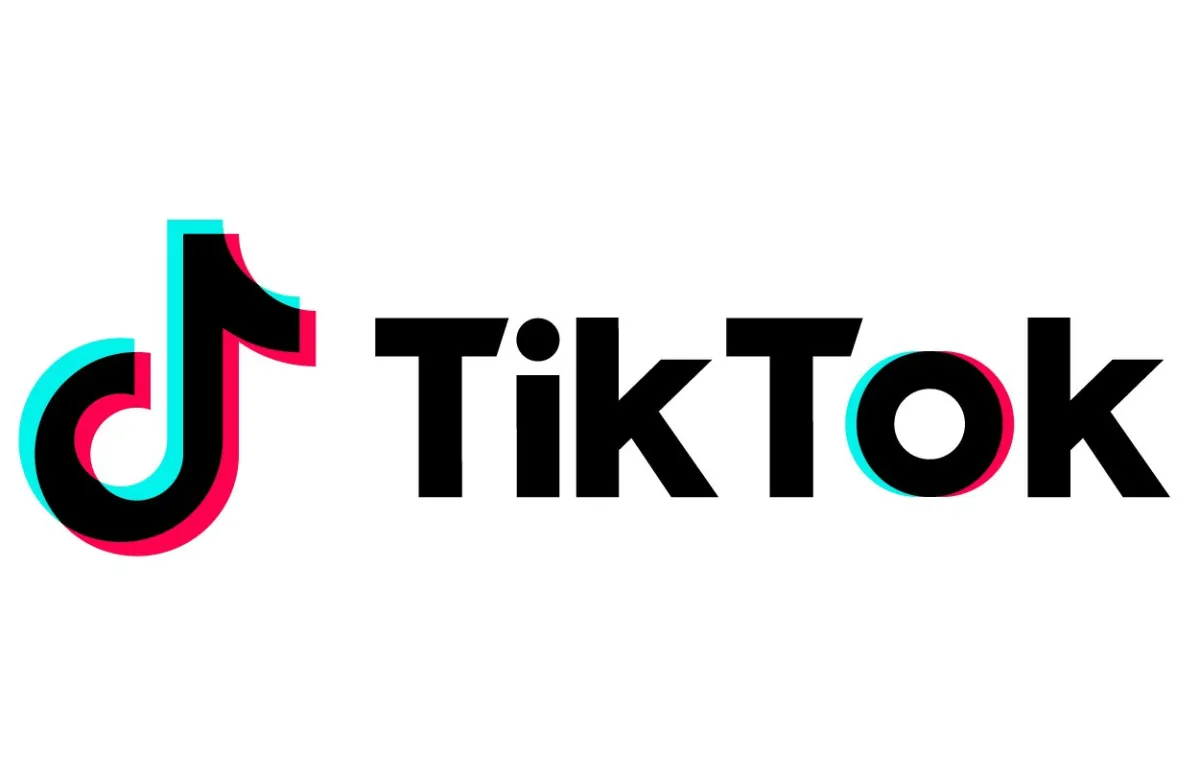
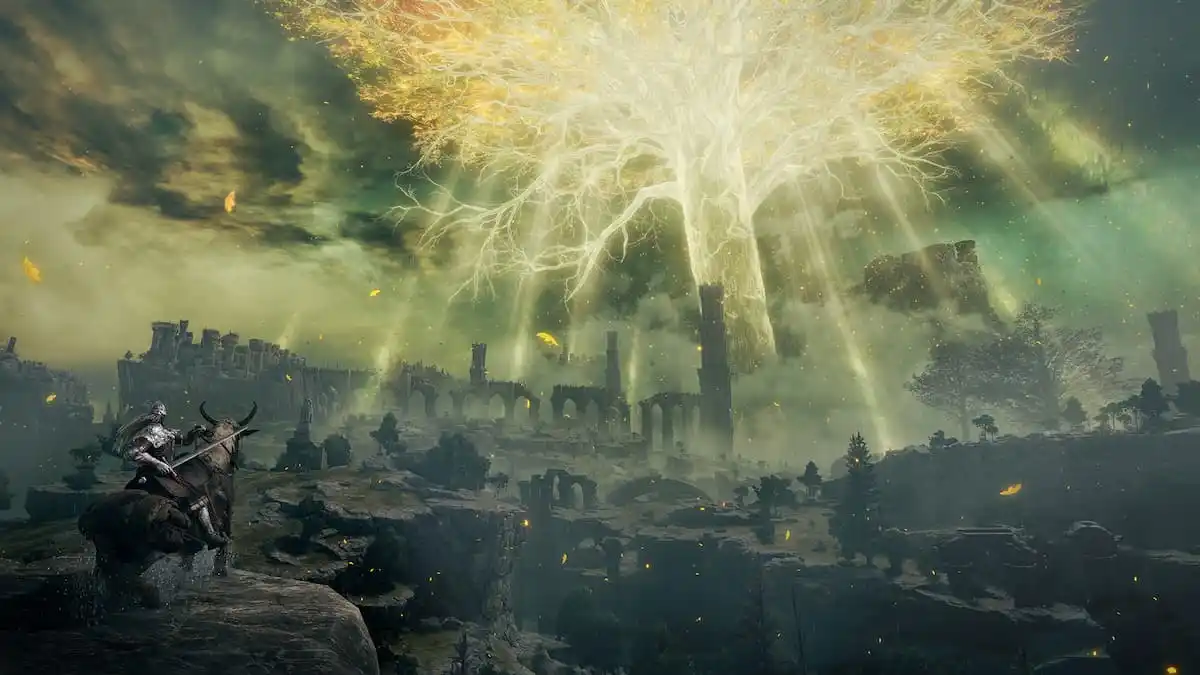
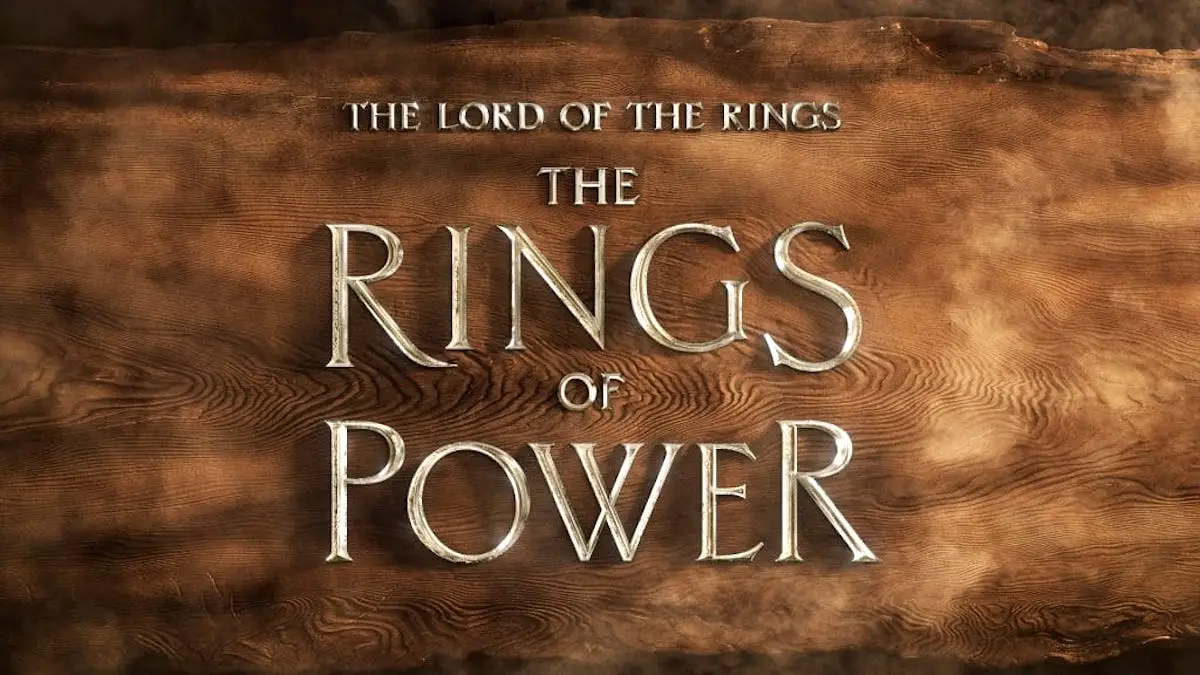
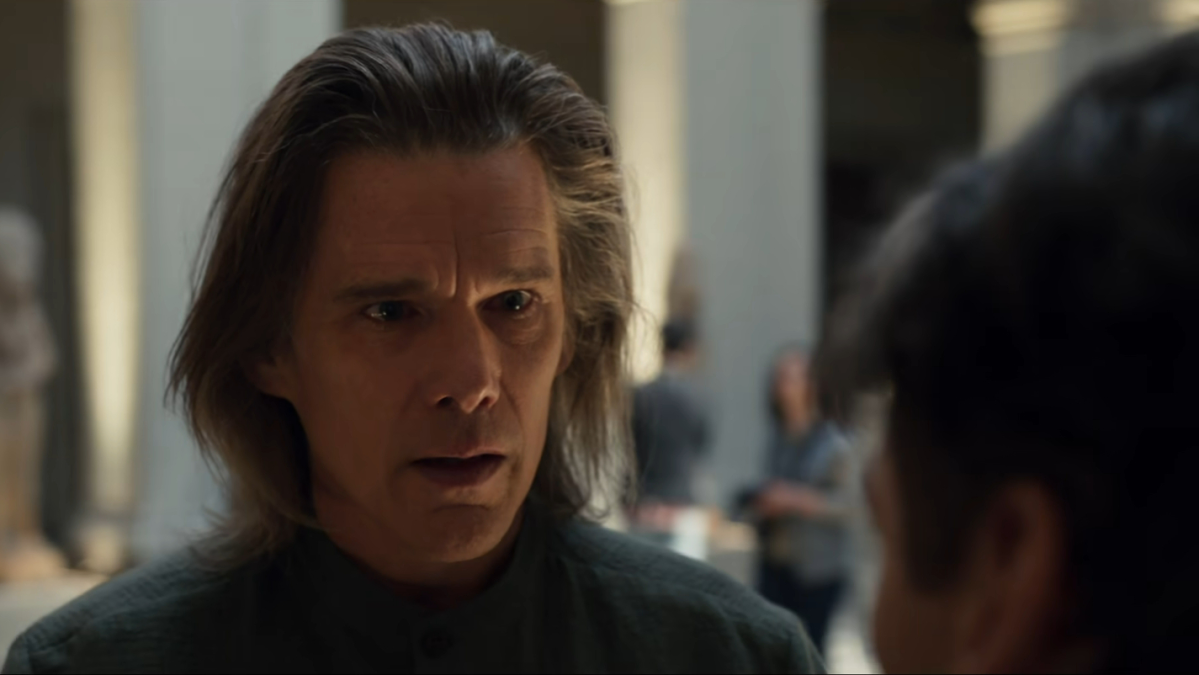

Published: Aug 12, 2019 10:32 am